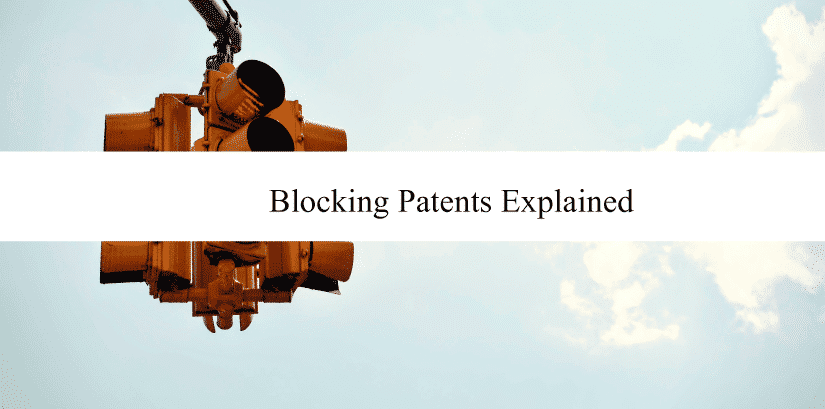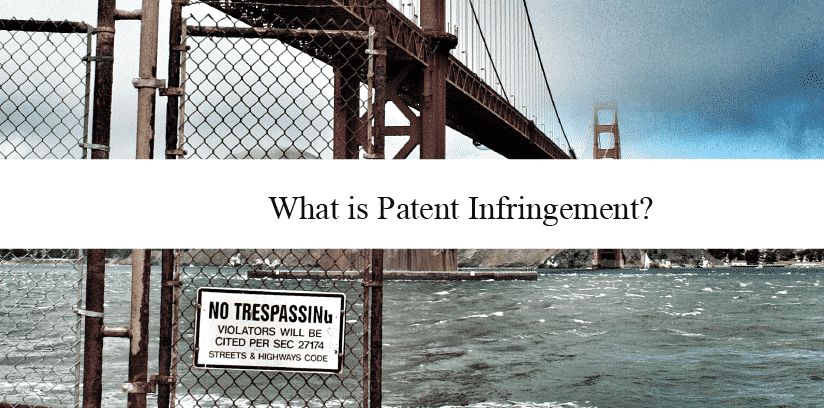Blocking Patents Explained

A blocking patent is a patent that prevents a third party from the practice or commercial exploitation of a modified version of the the device or process underlying the patented invention.
So What Exactly is patent infringement?

Patent infringement. Big word, scary concept. But what does it mean? When you hear about a company being sued for infringement, the important thing to understand is that infringement revolves around the violation of a principle. What principle? Someone reducing the ability of the wronged party to monetize their invention.
